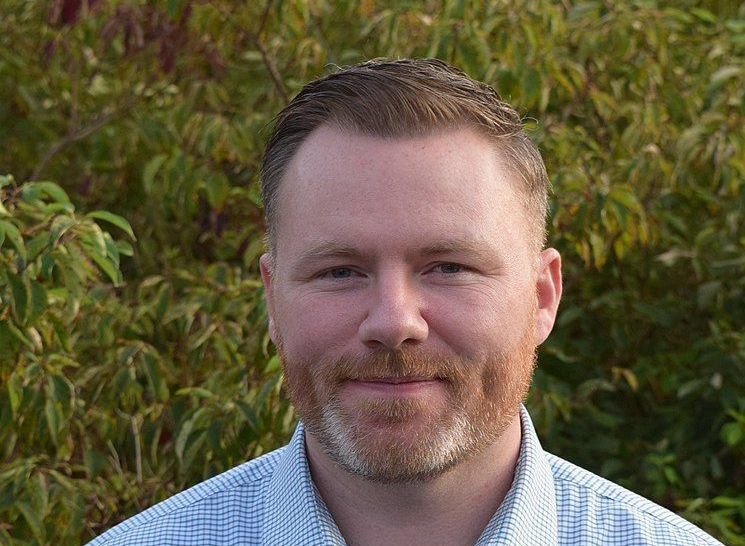The Gene Siskel Film Center on Sept. 25-27 expects to see some of
the same ethnic swagger that made James Cagney famous.
By Mike Houlihan
I auditioned for the Clifford Odets play “Awake and Sing” back in the late 1970s when I was a young actor in New York. After I finished reading for the part, the director, Ken Frankel, asked me to sit down. Oh boy, I felt like I had just nailed it. He looked at me strangely and said, “What the hell are you doing here?”
In retrospect of course it was a good question. I was a young Irish kid trying to play a Jewish guy named Ralph Berger. Hey, but I’m an actor, I can do anything, right?
“No,” he said. He went on to explain that it didn’t make a bit of difference how good an actor I was, there was no way I was going to be cast as a young Jewish fella, especially in New York city where there were millions of young Jewish actors. “Are you nuts?”
Of course, I’ve been hearing that question my whole life. But Frankel’s advice was to stick with who I was already, at that place and time. And for me that was a narrowback Irish kid, albeit a shockingly handsome Irish-American lad!
It wasn’t long after that I was cast as Captain Brennan in Sean O’Casey’s classic “The Plough and the Stars.” This was more like it. I did some research and discovered that my grandfather, Denis Cusack, was a member of the Irish Citizen Army back in the day.
Now I was awakened to my own Irish heritage and I went at it with a vengeance. But it was tough to “stick with your own”; there weren’t many films or plays that featured Irish-American stories in those days. It wasn’t like that golden age of Irish American cinema in the 1930s, ‘40s and ‘50s that launched giants like Jimmy Cagney, Pat O’Brien or Spencer Tracy, or directors like John Huston, John Ford, or Preston Sturges.
Now the gangsters were all Italian and audiences relished the anti-hero genius of De Niro, Pacino, and Joe Pesci.
But the Italian-American mafiosos I would never play, and the Jewish American scruffy idealists I should never be allowed to portray, shared their origins with those Irish-American giants in film history.
Spencer Tracy was nominated for nine Oscars in the Best Actor category (a record he shares with Laurence Olivier) and won twice. Mike Houlihan hopes to hear from the next generation of Irish-American actors.
Children of immigrants all, their stories were forged in the ethnic tenements of New York, Chicago, or Boston. The pinching poverty and bare-knuckled brawling was salted heavily with religion and romance. That stew produced storytellers. I say the best storytellers in this world.
Does talent like that skip generations? No. The ancient myths and romantic tales created by Irish-Americans over just the last two centuries in America are passed on in our DNA. We need to encourage it, and nurture the future of Irish-American cinema. It’s time for a new generation of Irish storytellers to “awake and sing.”
I’ve played tons of Irish-American cops, bartenders and priests in my 40 years since that “Awake and Sing” audition. And I want to keep doing it. But we need to discover the next wave of Irish-American storytellers who can bring their ethnic swagger to the screen.
That’s why we’re now calling for entries for our first annual “Irish American Movie Hooley.” We’re looking to discover the next John Ford or Grace Kelly or maybe you, Eamonn McGillicuddy. So if you’re an Irish-American indie filmmaker, or you’re related to one, call and tell them to submit to our festival before July 31.
We’ll be screening the best three Irish-American film premieres on Sept. 25-27 at the Gene Siskel Film Center. So tell us your story, show ‘em what you got, and join us in Chicago next September.
And if you need an older fat guy to play an Irish American cop or priest in your film, get in touch!
You can learn more about the first annual Irish American Movie Hooley by visiting hiberniantransmedia.org/movie-hooley.










